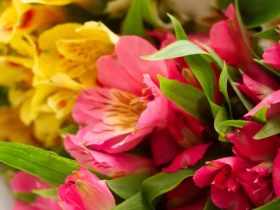As winter fades away and the world awakens from its slumber, a breathtaking transformation takes place in orchards and gardens around the globe. The arrival of spring heralds the blooming of apricot trees, which are adorned with delicate and enchanting blossoms. Apricot blossoms, considered one of the most beautiful flowers in Asia, bring joy to both nature enthusiasts and admirers of floral beauty. In this article, we will delve into the captivating world of apricot blossoms, exploring their significance, appearance, cultural symbolism, and the ephemeral magic they bring to the landscape.
Apricot Blossoms images
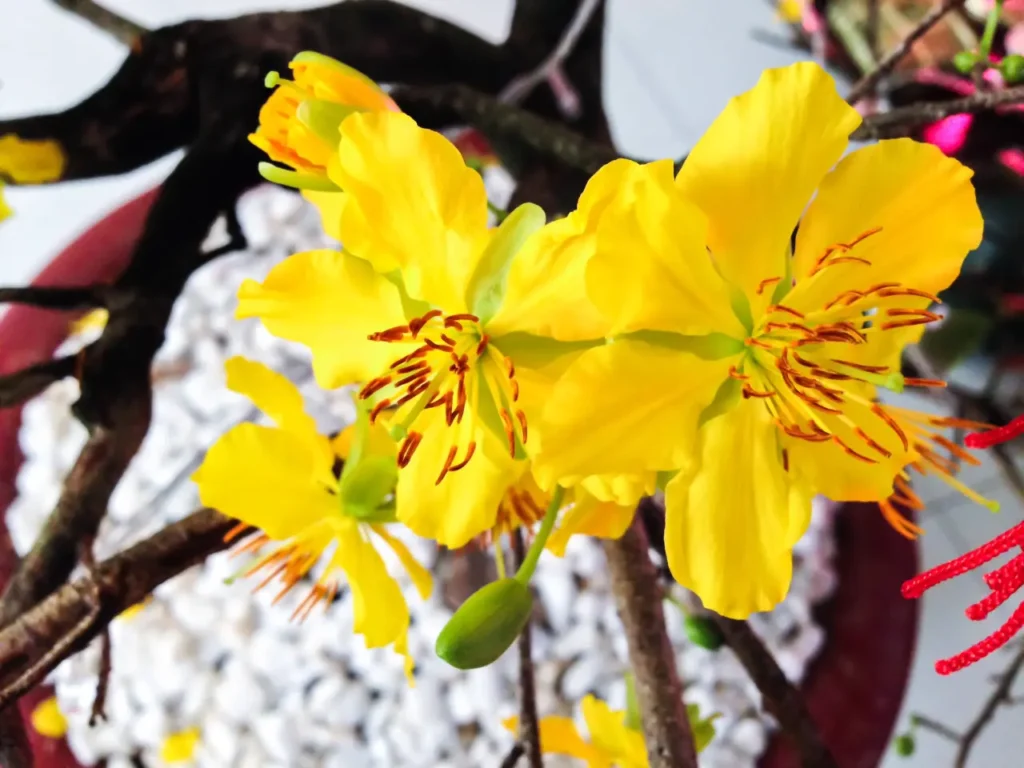
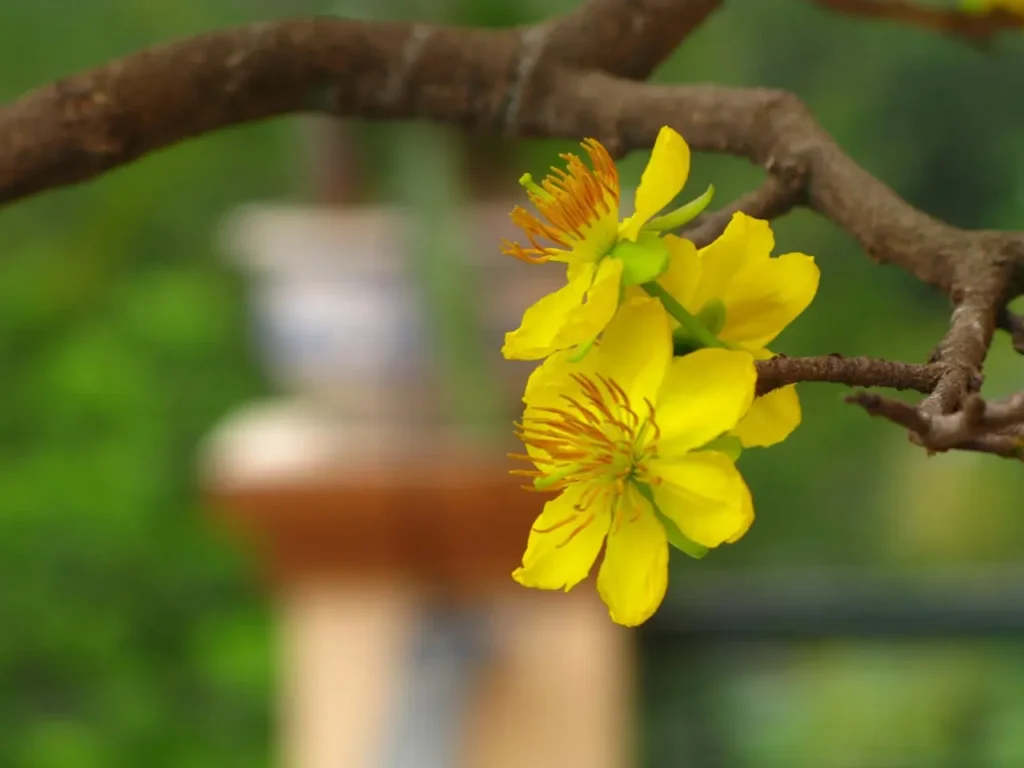
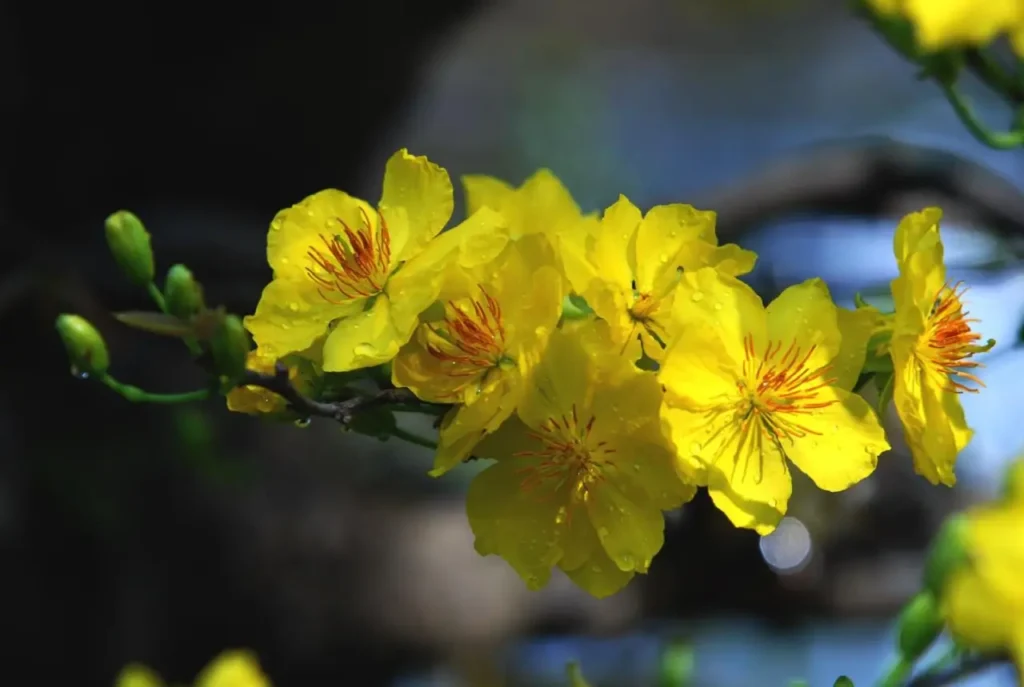
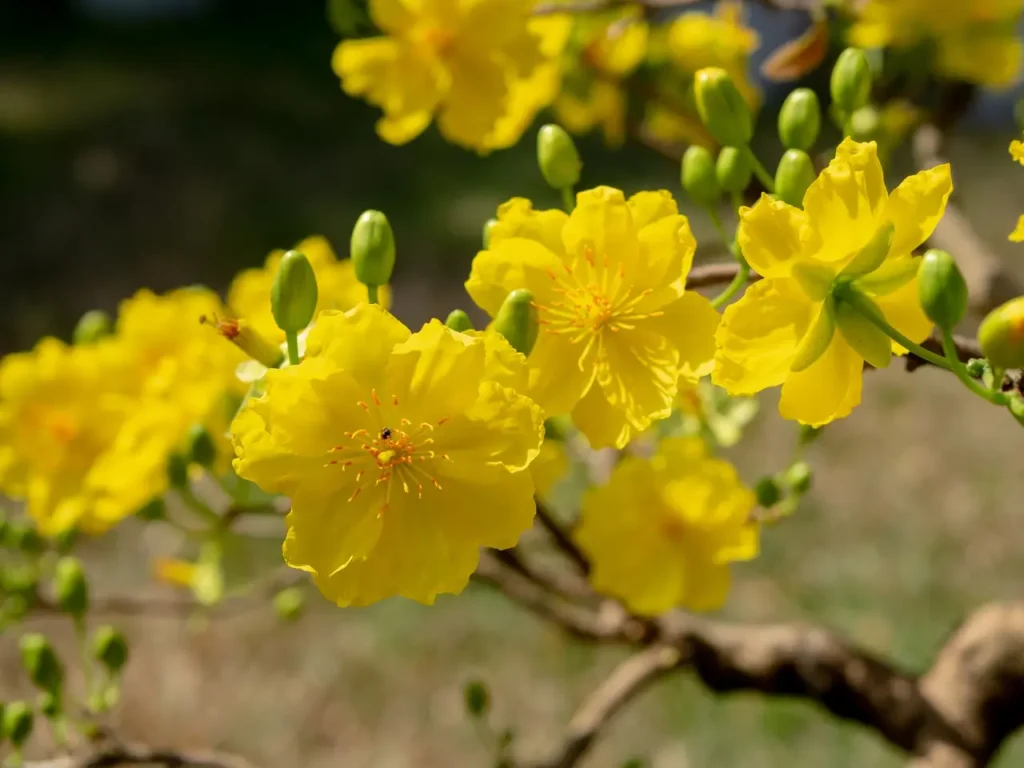
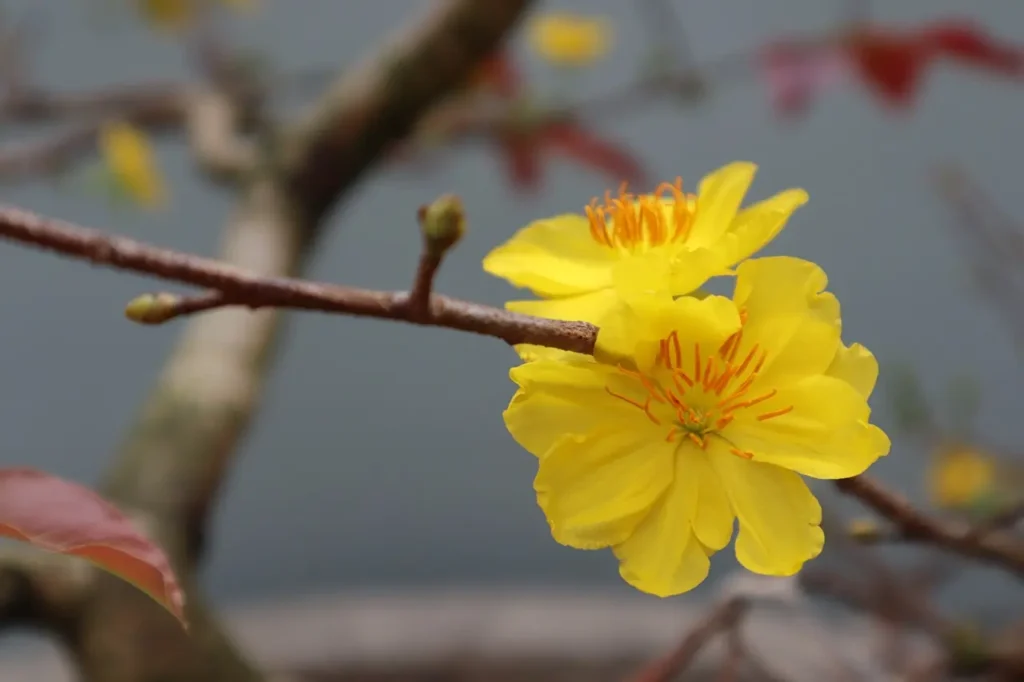
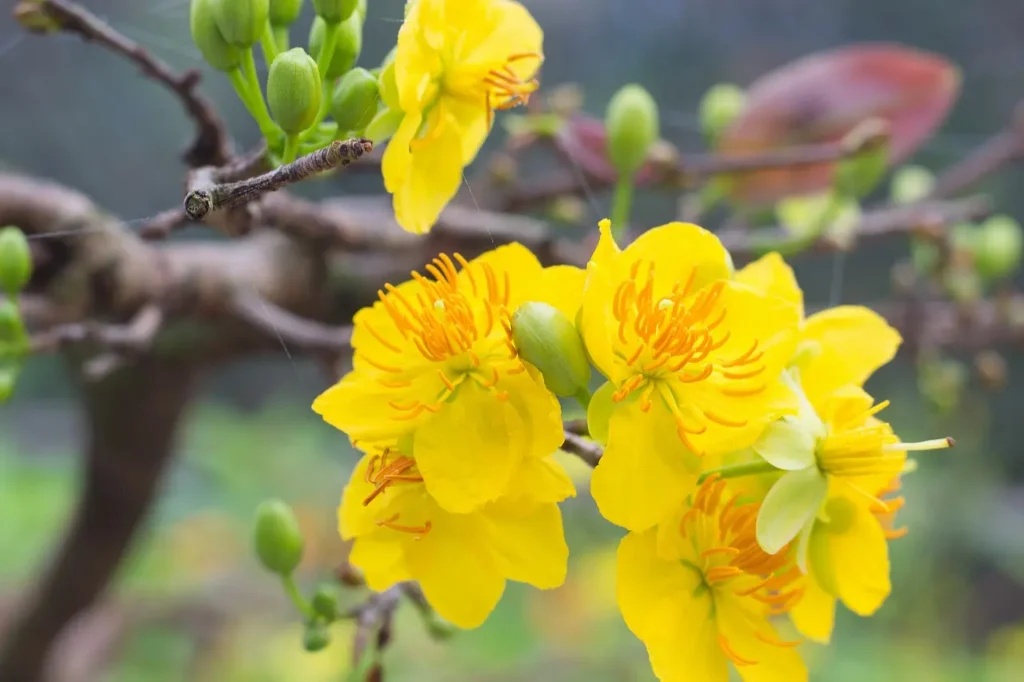
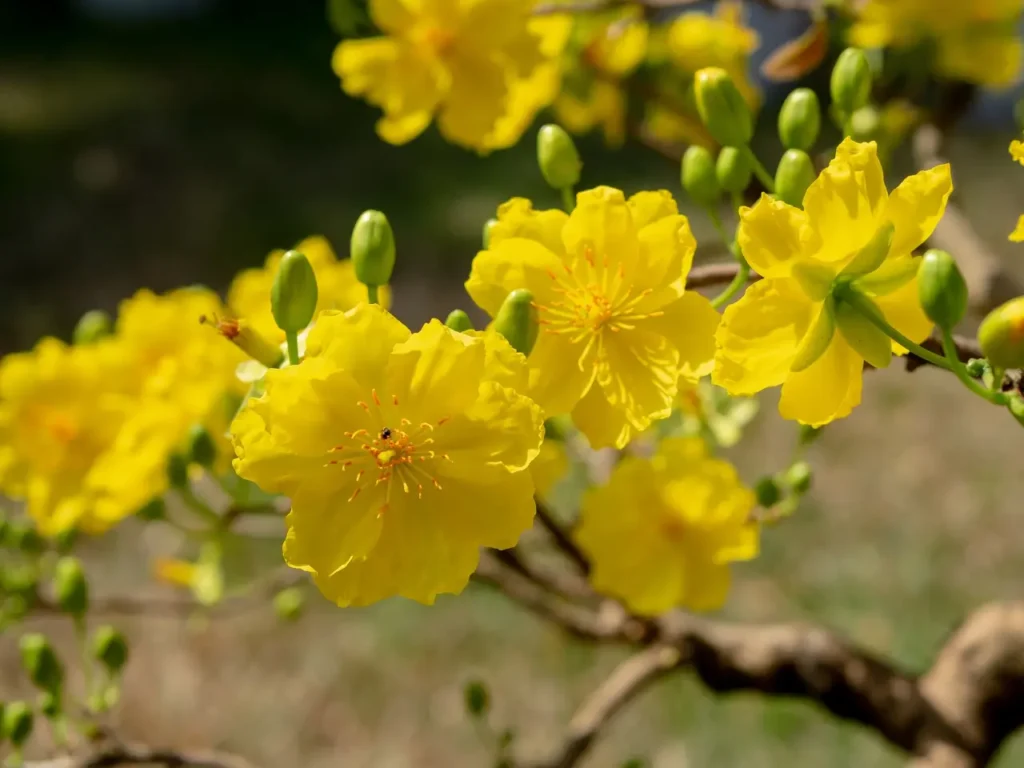
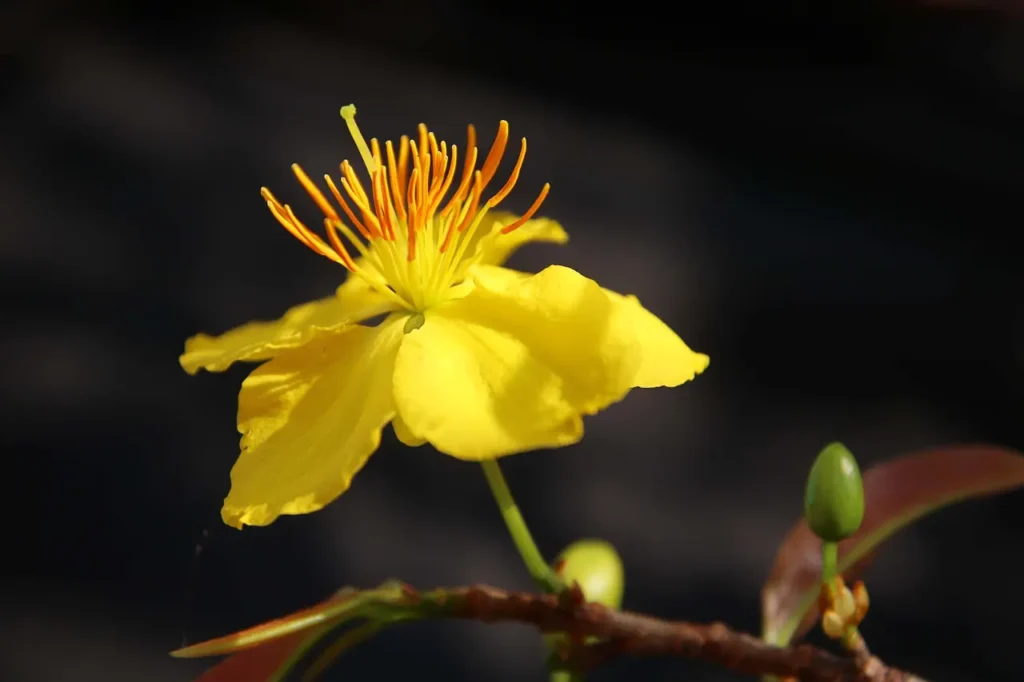
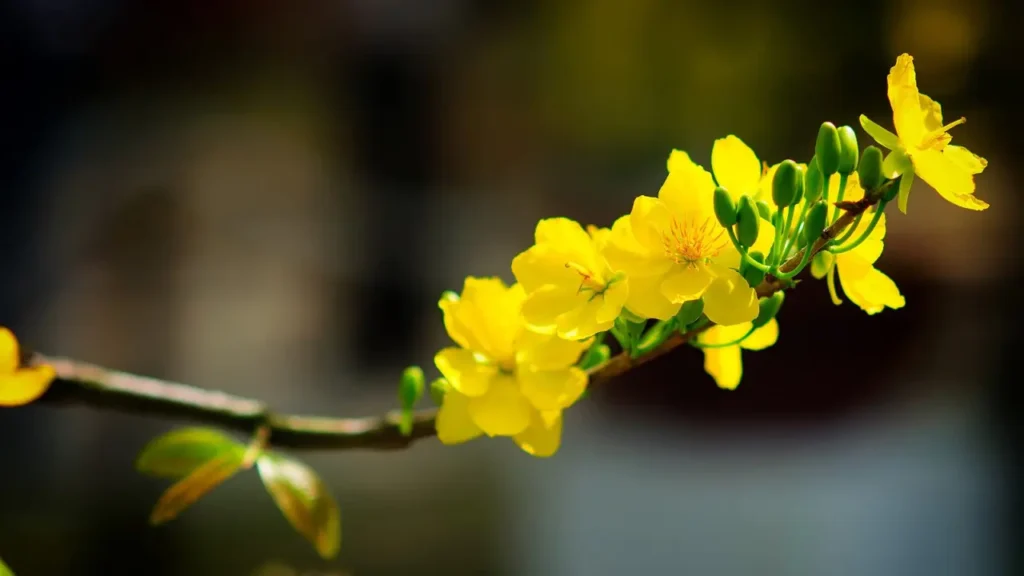
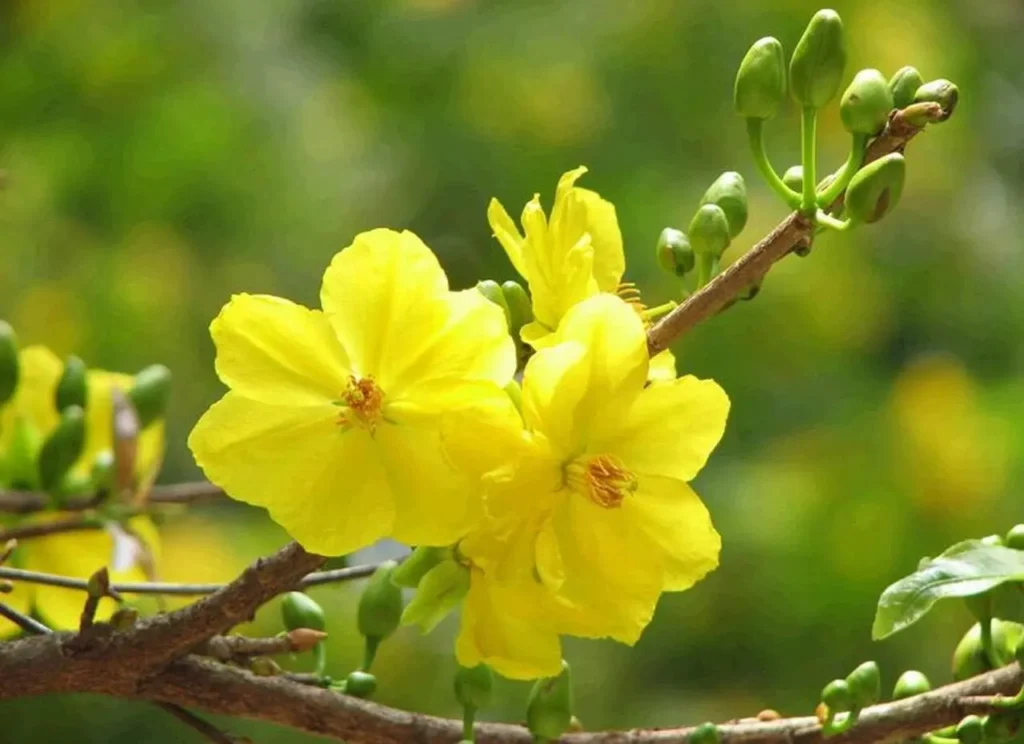
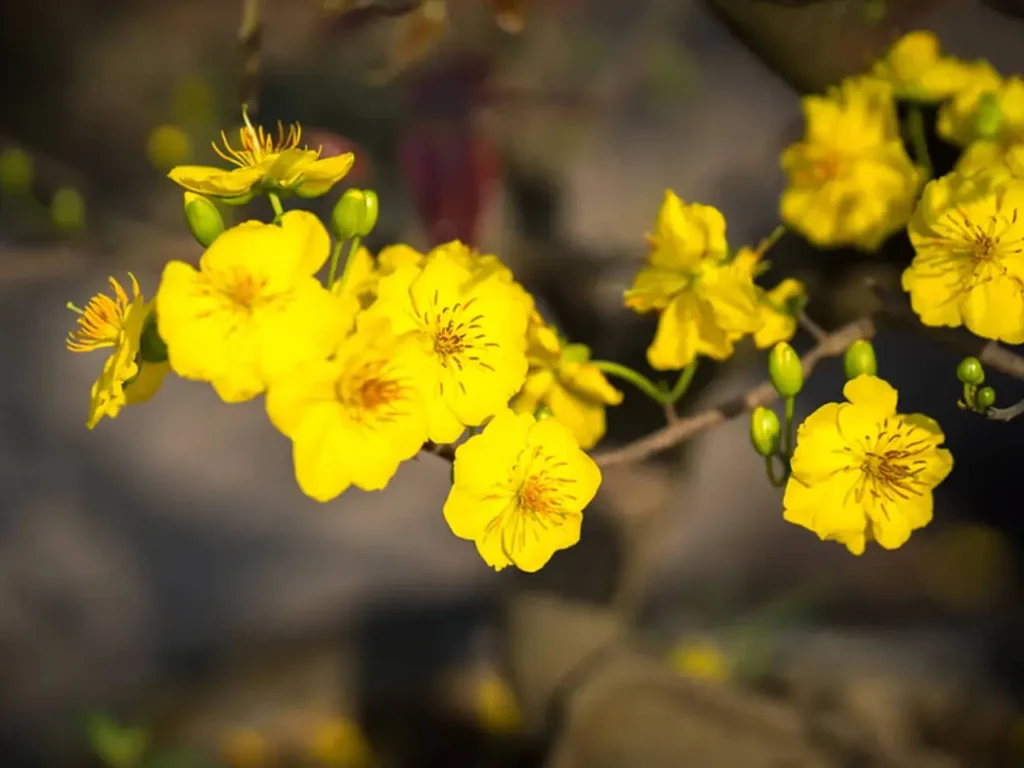
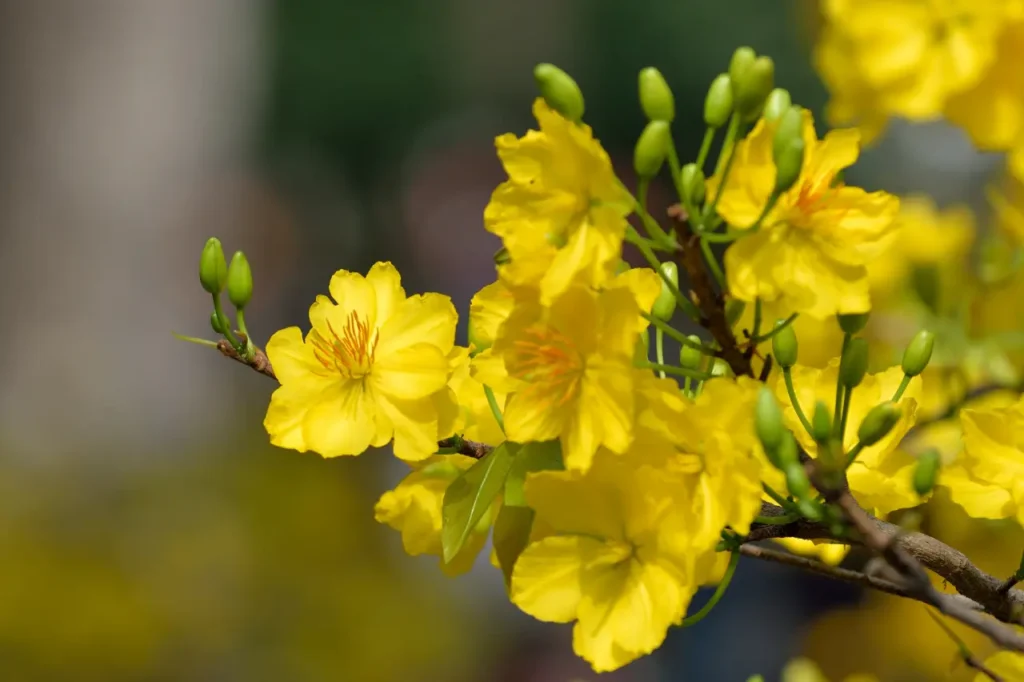
The Significance of Apricot Blossoms
Apricot blossoms, scientifically known as Prunus armeniaca, mark the beginning of the growing season for apricot trees. As deciduous fruit trees, apricots shed their leaves during winter, and their bare branches burst into a glorious display of blossoms as spring emerges. The appearance of apricot blossoms is not only a visual delight but also an essential milestone that marks the transition from winter’s dormancy to the vitality of spring.
Appearance and Characteristics
Apricot blossoms showcase a soft and delicate beauty. These flowers typically have five petals, which can range in color from pale pink to white. Each blossom radiates a subtle charm, exuding a sweet fragrance that fills the air and attracts pollinators such as bees and butterflies. The blossoms emerge before the leaves, creating a striking contrast against the still-awakening branches and providing a captivating preview of the bountiful harvest to come.
Cultural Symbolism and Traditions
Apricot blossoms hold cultural significance in various societies, where they symbolize concepts such as renewal, fertility, and beauty. In many Asian cultures, these blossoms are highly cherished and associated with good fortune, prosperity, and happiness. They often feature prominently in art, poetry, and traditional celebrations such as the Chinese New Year, where they represent a fresh start and the promise of abundance in the coming year. Apricot blossoms are also celebrated in Japan during the Hanami festival, where people gather under blooming trees to appreciate their beauty and the fleeting nature of life.
The Magic of Ephemeral Beauty
Apricot blossoms possess an ethereal quality, captivating the hearts of onlookers with their ephemeral beauty. Their delicate petals seem to dance in the breeze, reminding us of the transient nature of life and the importance of cherishing fleeting moments. The blossoms serve as a gentle reminder to embrace the present and find joy in the simple pleasures that nature bestows upon us.
Gardening and Cultivation
Apricot trees can be cultivated in various regions with the appropriate climate and growing conditions. They prefer well-drained soil and full sunlight exposure to thrive. When planting apricot trees, it is essential to consider their pollination requirements, as some varieties are self-fertile, while others require cross-pollination. Pruning and proper care during the growing season help maintain tree health and promote abundant blossom production.
Apricot blossoms paint a picturesque scene, announcing the arrival of spring with their delicate charm and intoxicating fragrance. These fleeting blooms captivate our senses and inspire awe, reminding us of the ever-changing cycles of nature and the beauty that unfolds with each passing season. Whether admired for their cultural symbolism, gardening allure, or aesthetic appeal, apricot blossoms leave an indelible impression, inviting us to embrace the transformative power of nature and cherish the precious moments of beauty that grace our lives.
